
Industry Pulse
manufacturing + distribution
2023 VOL 2
In Q3 2023, Sikich surveyed more than 100 manufacturing and distribution executives on their optimism, artificial intelligence, cybersecurity, cloud computing and more.
TAB THROUGH THE RESULTS BELOW.
The Sikich Industry Pulse surveys manufacturing and distribution executives from across sectors and the nation multiple times throughout the year, highlighting and responding to top trends as they arise. The Pulse results provide readers with real-time competitive intel to apply to their business strategies.
Results not loading? CLICK HERE to view Results in PDF format.
Manufacturing executives’ outlook on future business prospects declined in August when asked to rank their optimism 1-10. The average score (6.76) dropped slightly after an 8% increase in optimism in March. Interest rates (62%) and poor economic conditions (55%) continue to be leading factors for this declining of optimism.

(Optimism rating of 6 or less)*
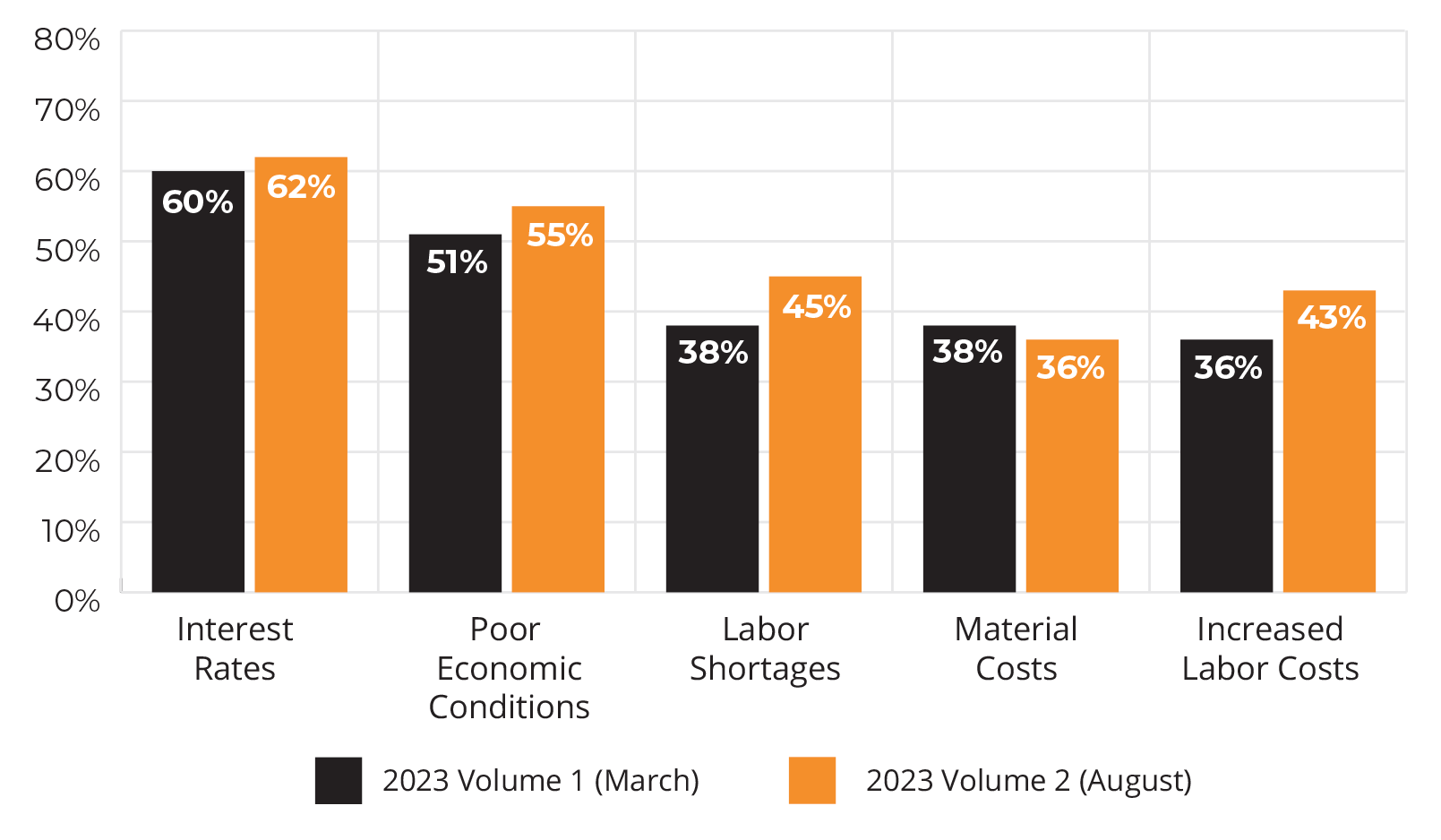
“Navigating today’s economic climate continues to be troublesome for manufacturers. While executive outlook on the future was dim in March, steady customer demand created cause for optimism. Our latest Pulse saw a 3% decrease in companies experiencing consistent or increasing customer demand – limiting executives’ optimism.
The 2023 Volume 2 Pulse results highlight manufacturers’ willingness to invest in technology in spite of poor economic conditions. I encourage manufacturers to invest in demand-generating, secure technologies to rebuild sales pipelines and explore technologies such as AI that can create efficiencies in their businesses.”
– Jerry Murphy, Partner and Manufacturing & Distribution Vertical Leader
Ninety-two percent of manufacturers successfully implemented one or more technology projects in the past three years. In total, executives noted more than 200 successful tech improvement projects since 2020, but only 29% successfully invested in upgrading their ERP or CRM systems. More than one in every 10 executives surveyed don’t have an ERP system and almost 40% use an ERP system that’s more than 10 years old.
in past three years
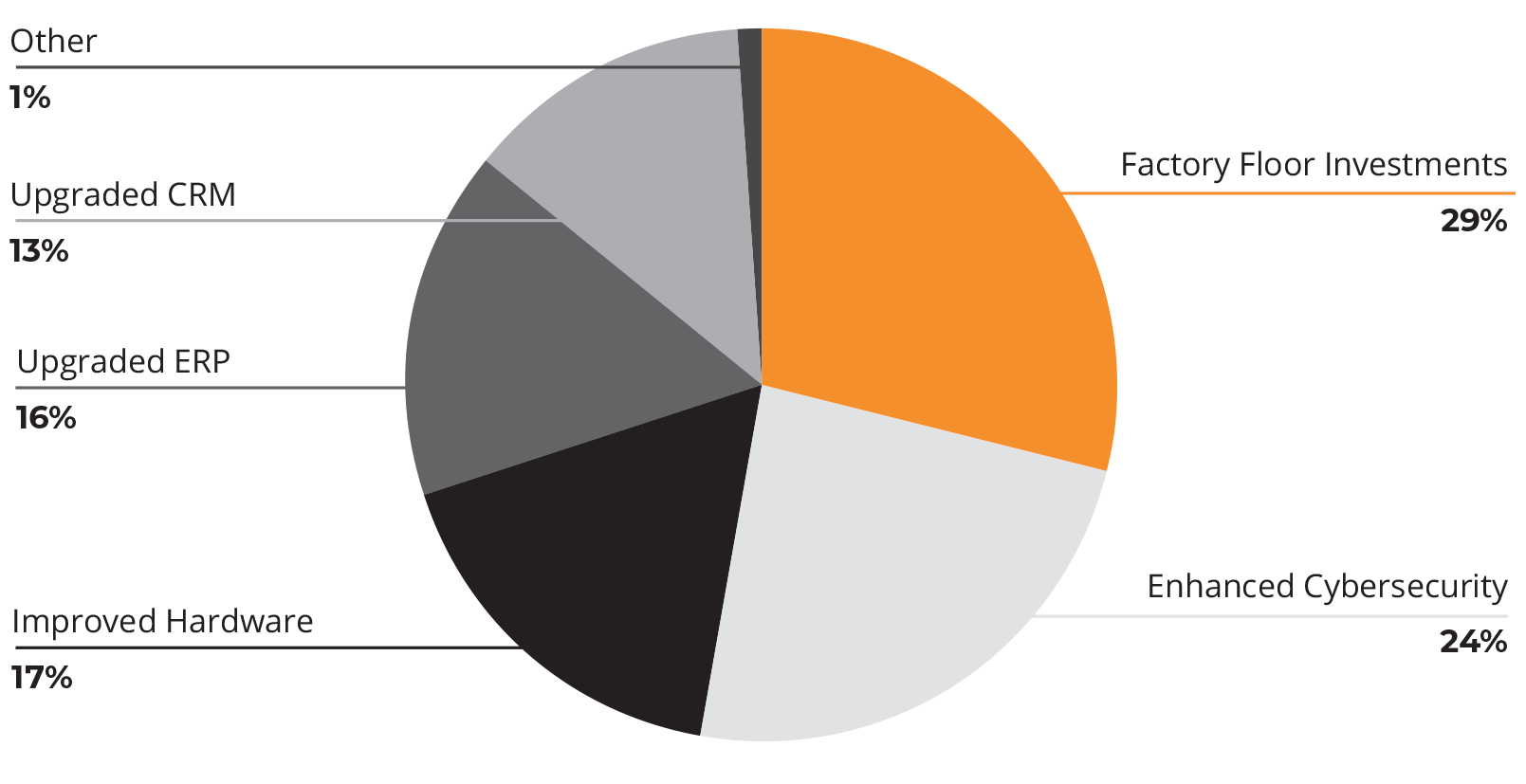
In June, Sikich Human Capital Management experts presented project implementation best practices and provided tips to avoid pitfalls that lead to failed project implementations. Catch up with the recording below.
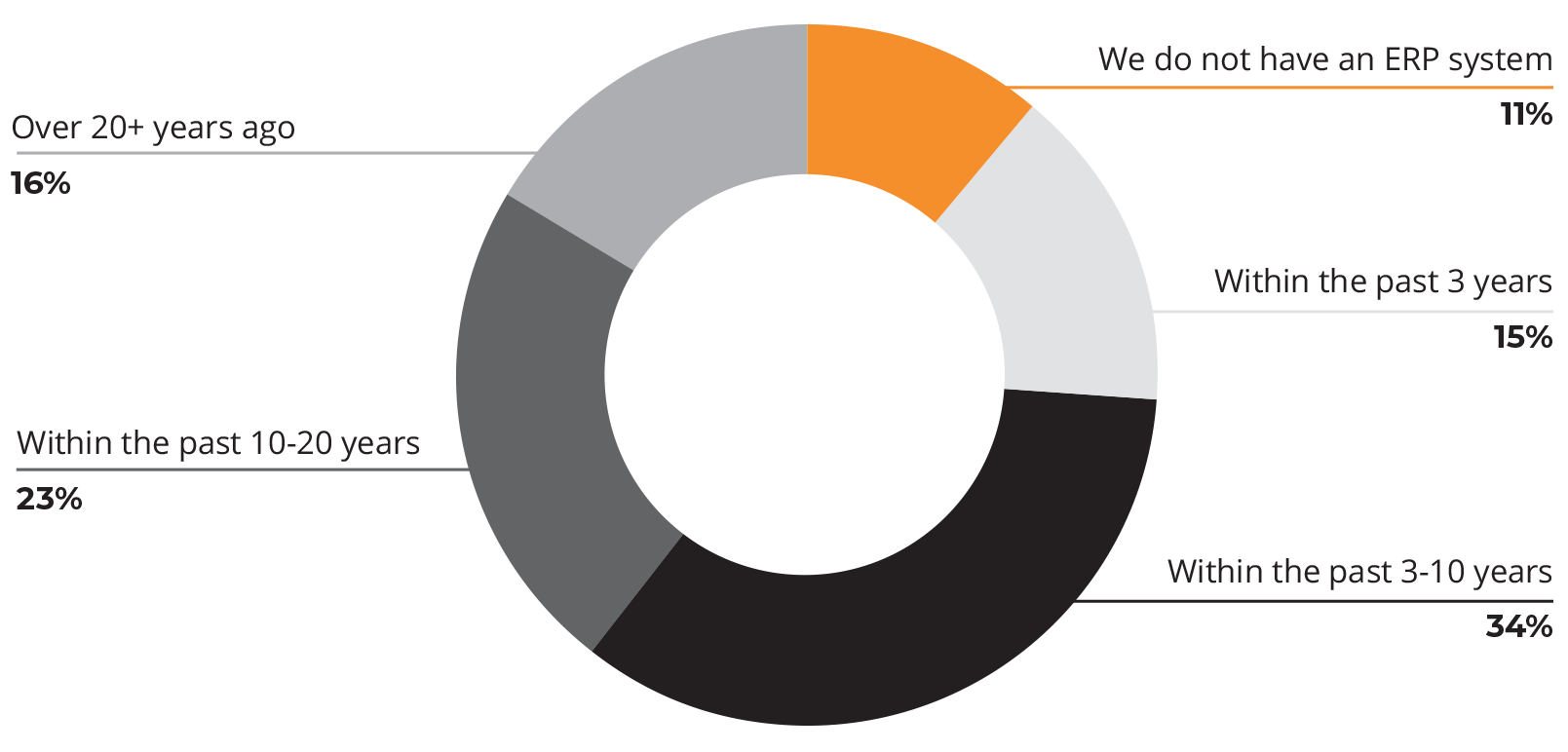
ARTIFICIAL INTELLIGENCE
As artificial intelligence gains prominence in workplaces across the world, manufacturers see this technology as an opportunity to streamline back–office operations. Marketing (39%) and customer service (34%) departments would benefit the greatest from AI, according to execs. Nineteen percent of executives have already begun implementing AI into their business operations with almost half of these companies currently incorporating AI into their marketing efforts.
greatest departments
to benefit from AI*
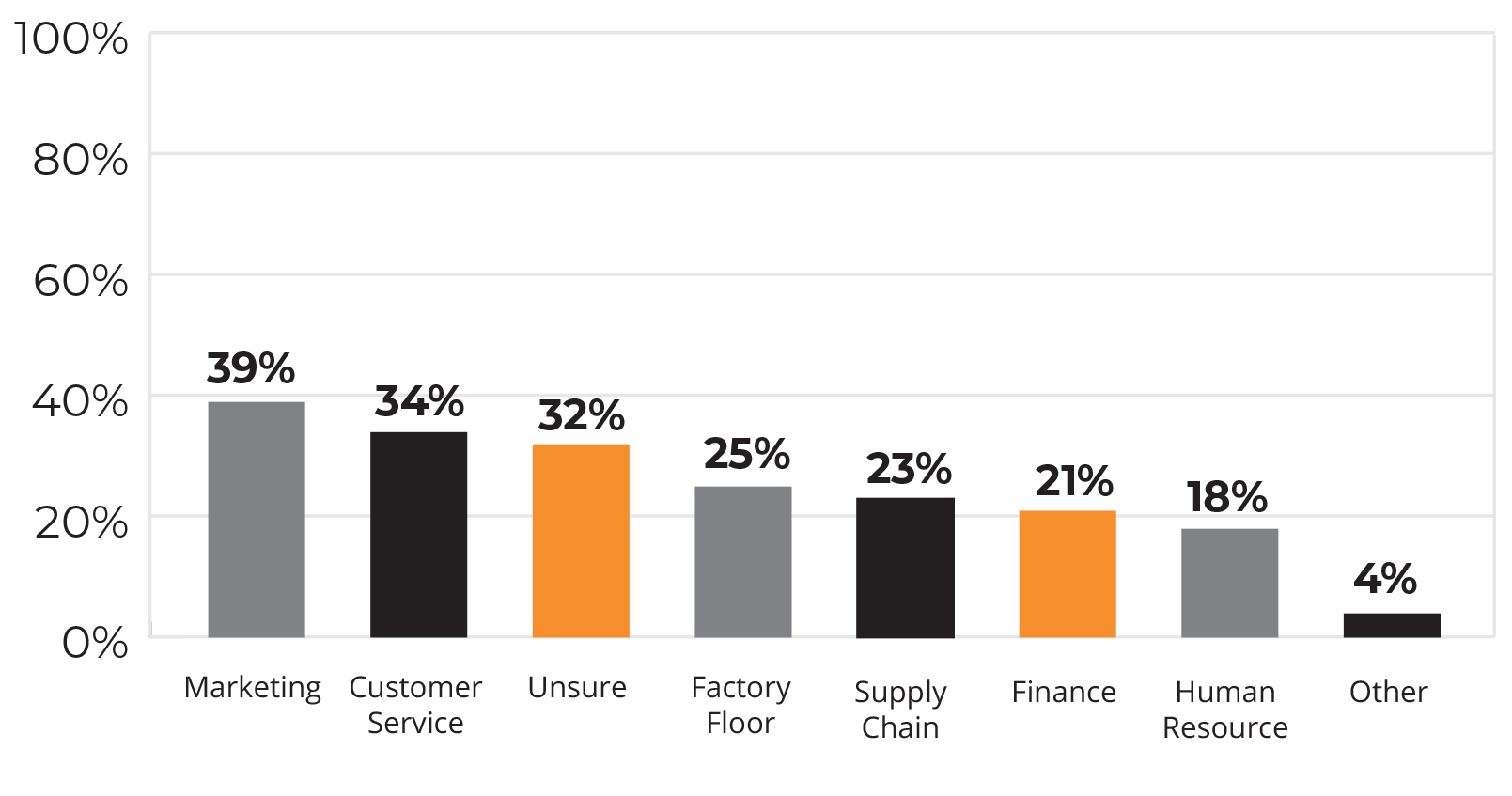
plans
for ai*
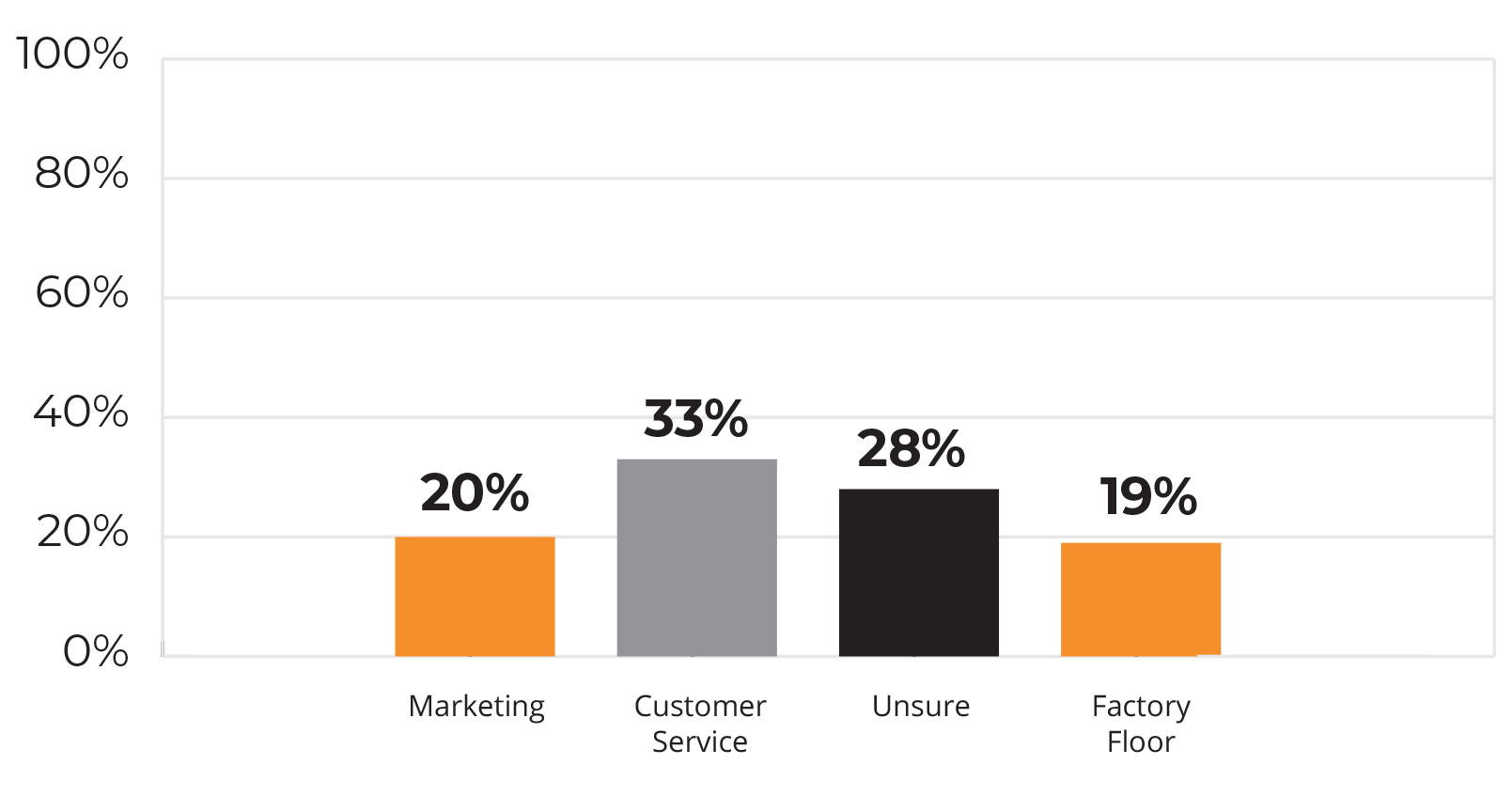
current ai implementations*
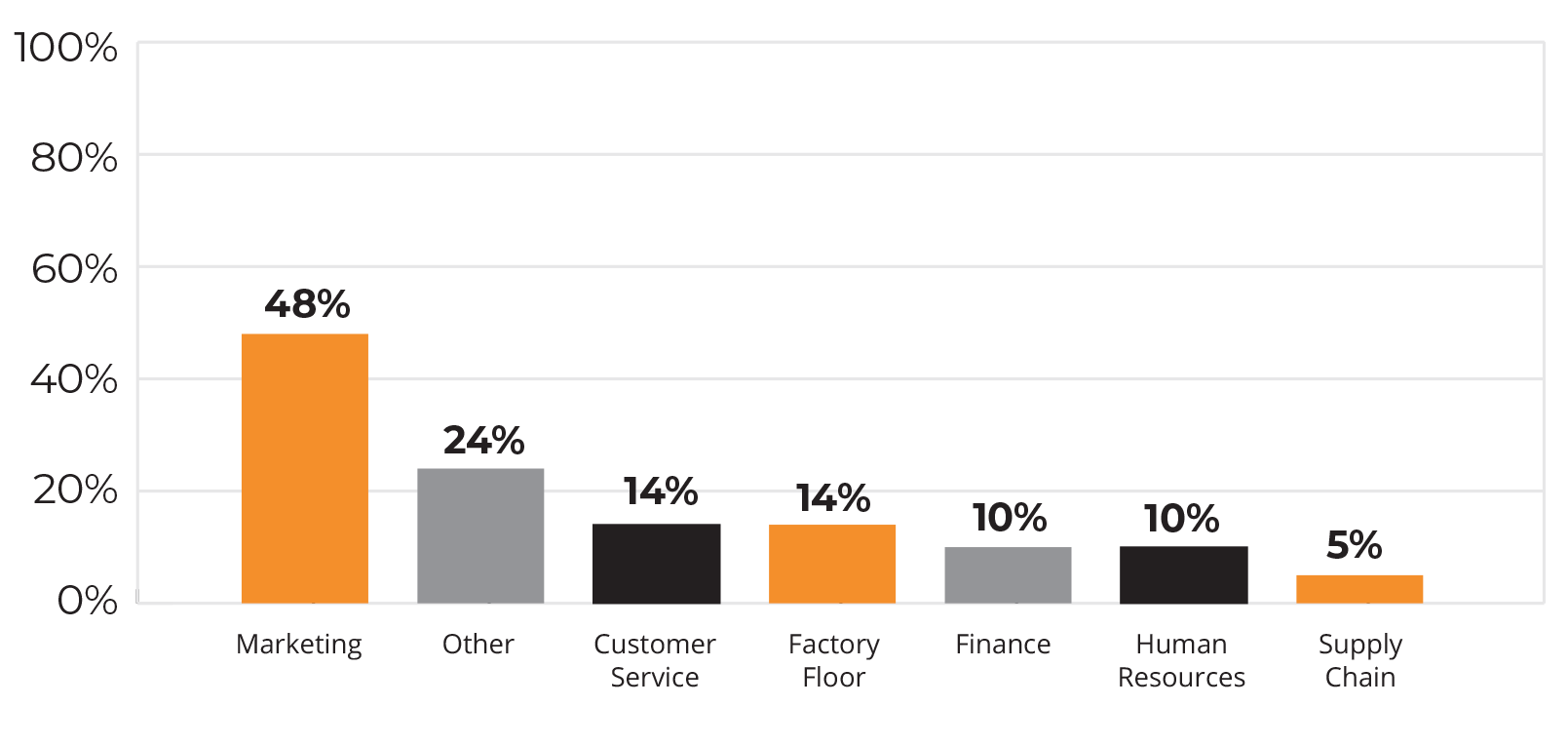
Other executives are using AI for product design ideas, operations, software development and data analysis.
According to our March survey, 81% of executives responded that wage increases over the past 12 months are higher compared to the past five years. The cost of labor continues to climb and manufacturing executives are looking to alternative options. Nearly a third of manufacturers are interested in filling open positions in their workforce with AI, and a few have already filled factory floor openings with AI technology.
AI FILLING WORFORCE OPENINGS
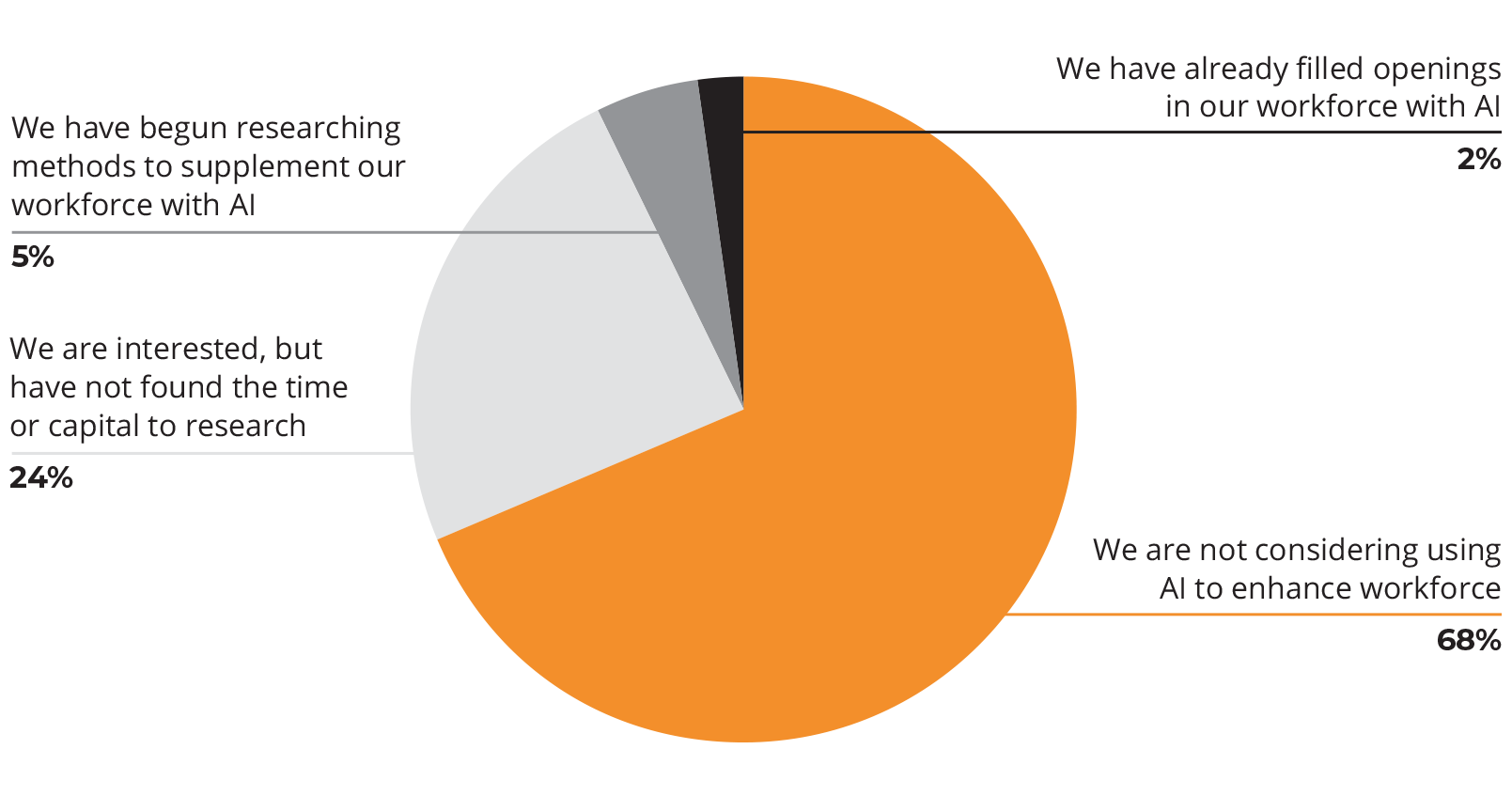
As manufacturers explore and invest in new technologies, it’s crucial that this technology is secure. Executives responded positively with an average of 7 out of 10 when asked to rank their confidence in their business’ cybersecurity and risk posture. Despite the optimism, executives may not realize how susceptible they are to attacks as 34% of executives indicated experiencing an information security incident in the last 5 years. Nearly 70% of cyberattacks reported were business email compromises. Sikich’s Cybersecurity team explains what to look for to identify scam emails to avoid becoming a victim.
cybersecurity attacks
over the past 5 years*
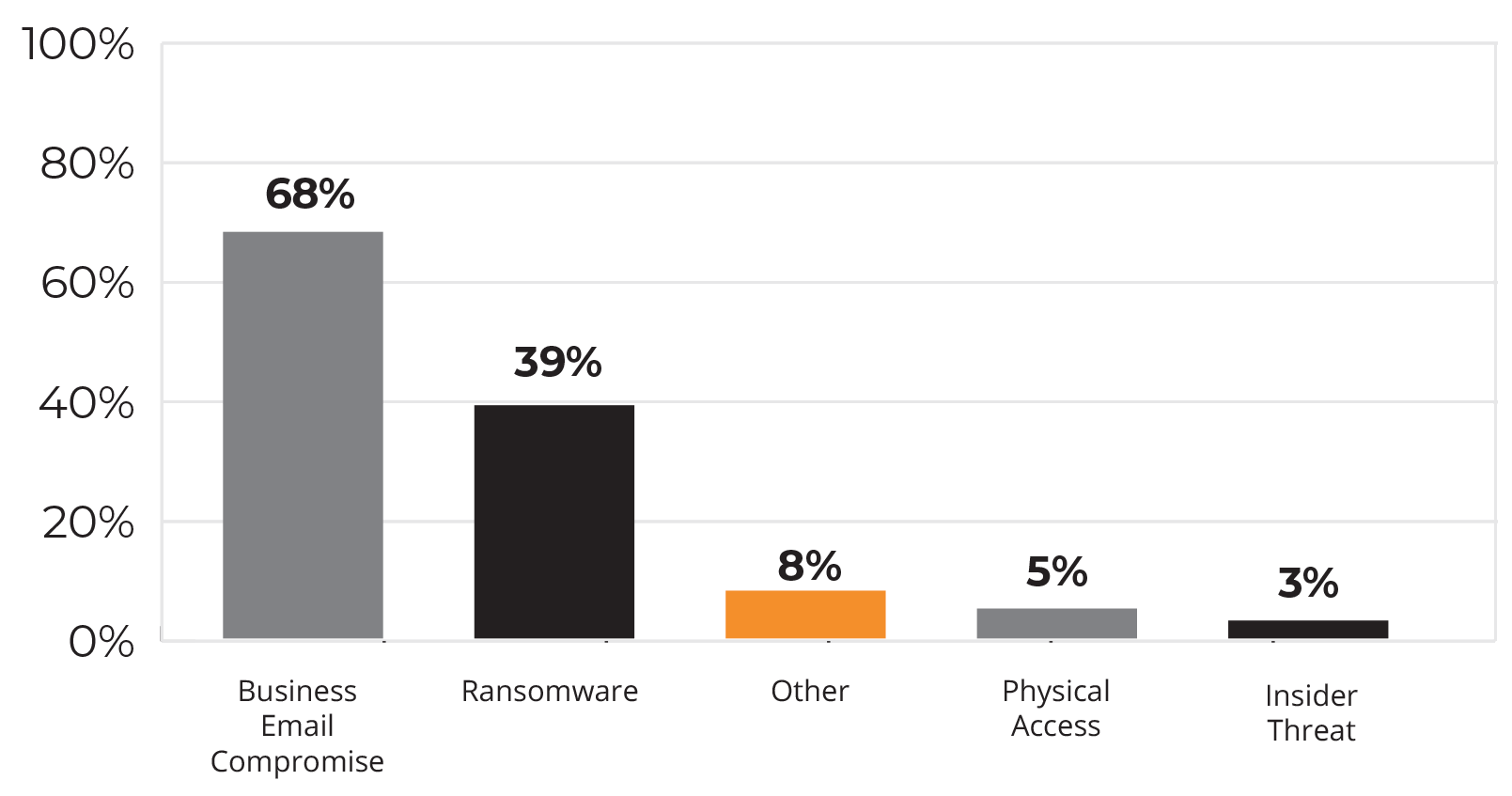
Executives were asked which of the following cybersecurity measures are currently in place within their business. IAM Controls were the most common response, yet 58% of businesses are using three or less of these cybersecurity methods.
- IAM Controls (multi-factor authentication, strong passwords, single sign-on)
- Network Controls (next-generation firewalls)
- System Controls (AV, EDR)
- Employee Controls (security awareness training)
- Validating Controls (vulnerability assessments, penetration testing, red-team operations)
- Threat Intelligence
current cybersecurity
measures in place*
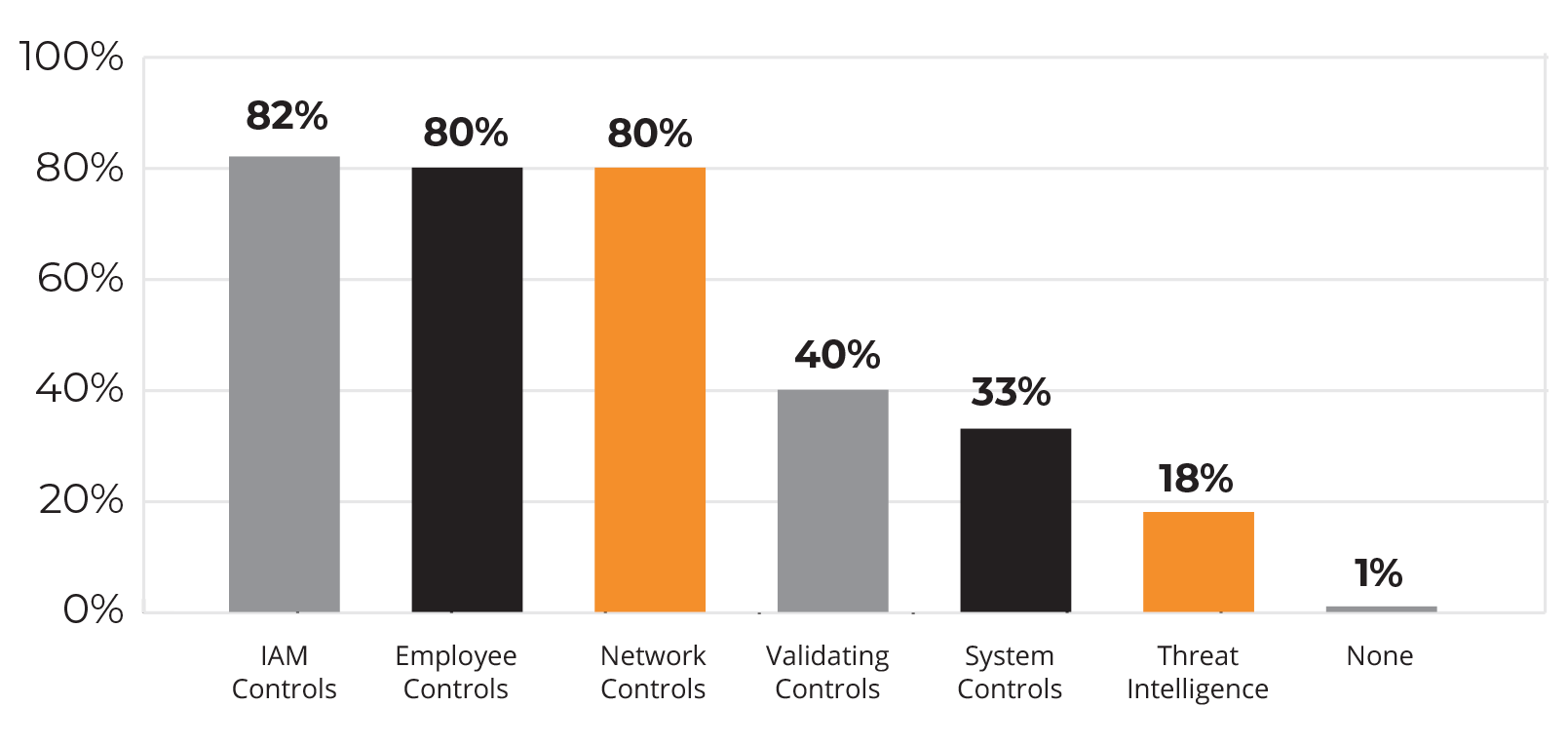
number of cybersecurity
measures in place
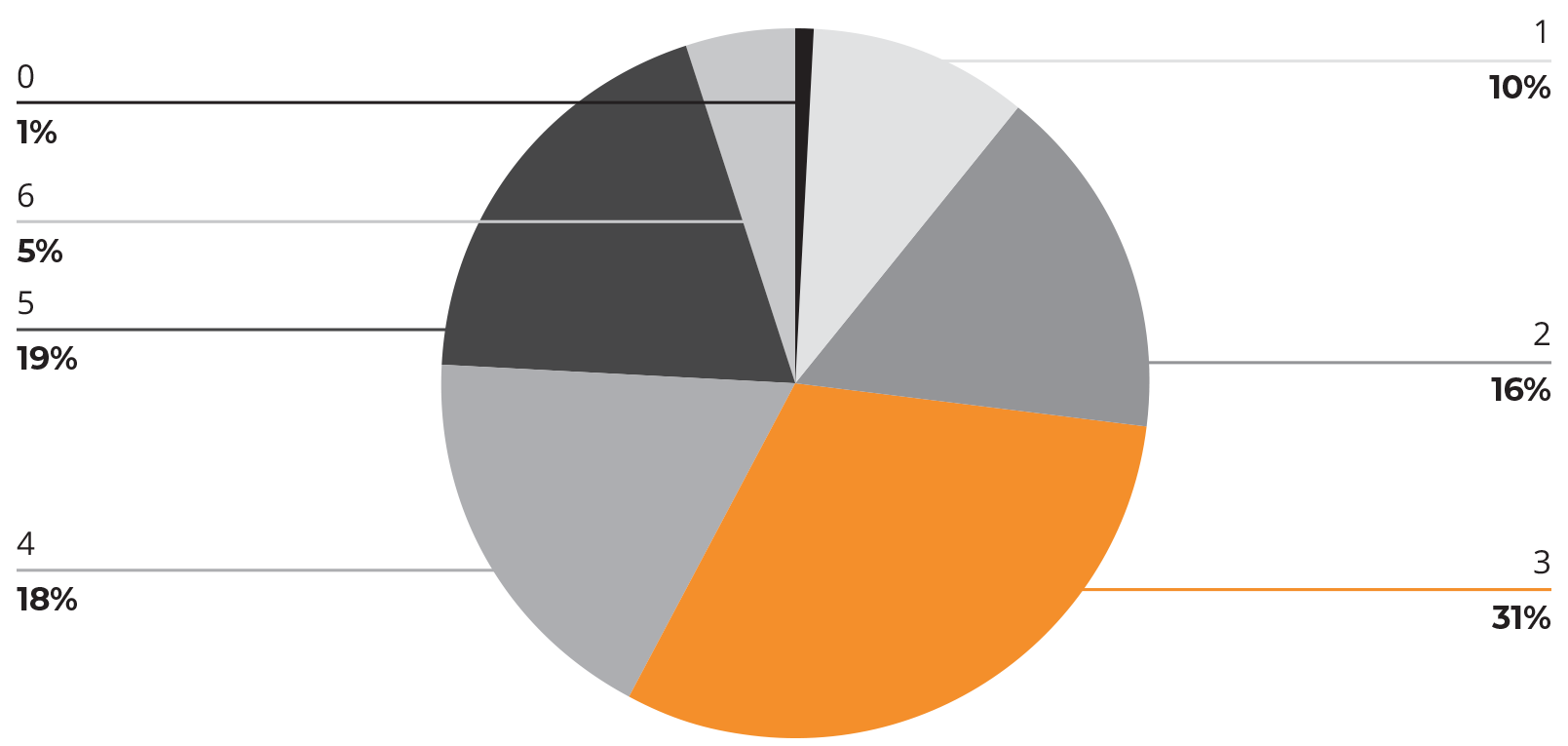
“Many companies, especially manufacturers, don’t realize just how prone they are to attacks and feel that they are more protected than they actually are. Manufacturers continue to be prime targets for hackers and cyber terrorists because of their willingness to pay ransoms to avoid factory floor shutdowns. We expect this trend to continue as companies explore new technologies like artificial intelligence. It is paramount that companies invest in the security of their data alongside these operational improvements. Transitioning to the cloud, which moves a company’s data offsite, is a great first step for manufacturers to enhance the cybersecurity of their administrative functions. “
– Thomas Freeman,
IT Solutions and Cybersecurity Director
Eighty percent of companies have at least 1% of their data stored in the cloud. These companies are experiencing a number of benefits including better support for remote workers, enhanced security and improved efficiency. Forty-one percent of companies using an on-premise data center reported experiencing a cybersecurity incident in the last five years. The 20% of companies with no data in the cloud are reluctant for a number of reasons including cost, lack of trust and trouble uncovering the benefits of transitioning to the cloud.
amount of business data
stored in the cloud
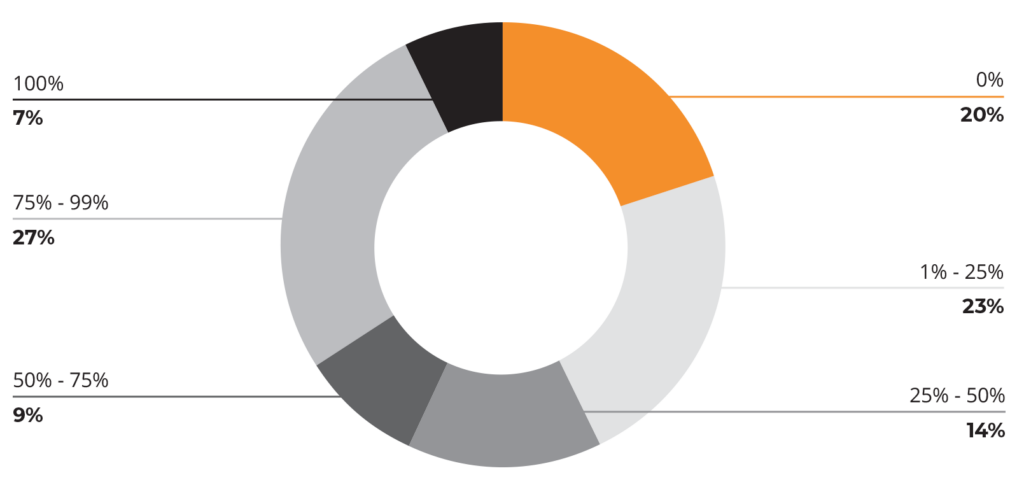
benefits since
moving to the cloud*
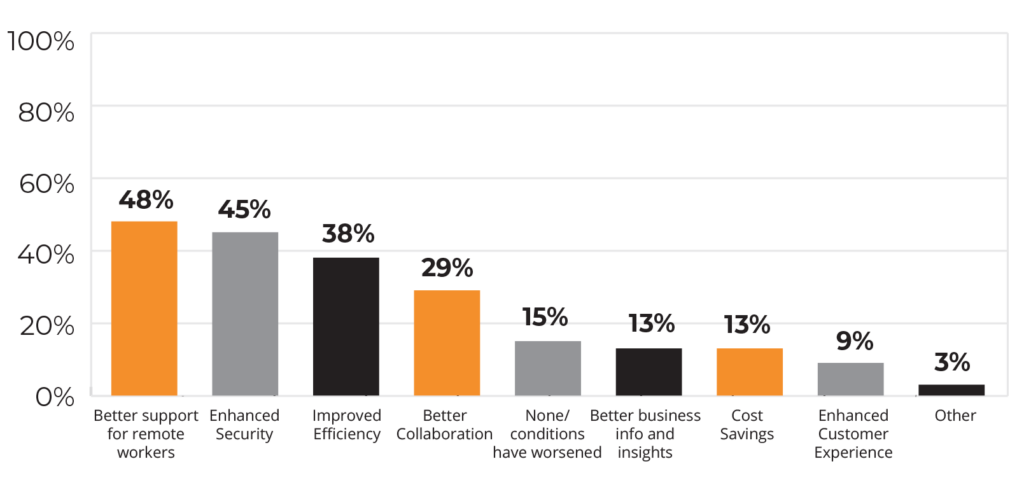
reason for
not moving to the cloud*
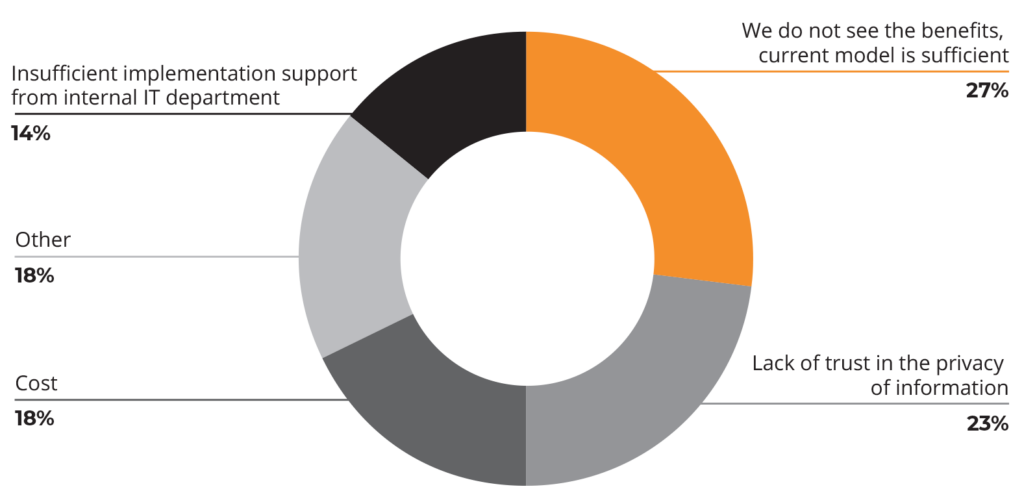
“Contrary to what some believe, moving data offsite to the cloud can actually strengthen a company’s data and security posture if the right protections are in place. Many cloud solutions provide access to advanced features like enhanced data encryption, immutability, redundancy and high-availability, geo-replication and around-the-clock monitoring that would otherwise be difficult or impossible to implement on-premises. The cost associated with implementing a cloud-based data system with appropriate security controls pales in comparison to the legal and operational costs associated with a ransomware incident or other major cyberattack.”
– Mattatha Johnson, IT Solutions & Cybersecurity Senior Manager
CURIOUS ABOUT PAST RESULTS?


